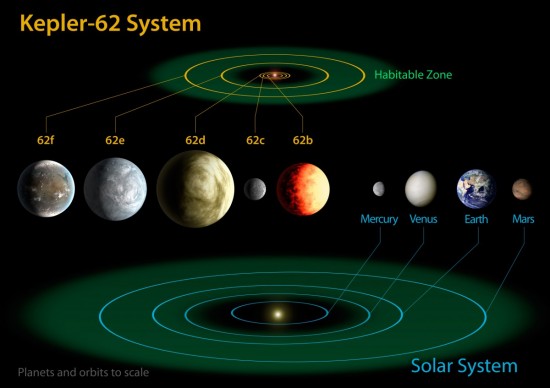The linguistics of ‘YouTube Voice’
Hey guys! What’s up? It’s Julie. And today I want to talk about YouTube voice.
Ending a text with a period makes you a monster.
According to research leader, Celia Klin, the perception comes from us desperately trying to find context in the thin clues of a sparse text message. “Texting is lacking many of the social cues used in actual face-to-face conversations,” Klin said. “When speaking, people easily convey social and emotional information with eye gaze, facial expressions, tone of voice, pauses and so on. People obviously can’t use these mechanisms when they are texting. Thus, it makes sense that texters rely on what they have available to them – emoticons, deliberate misspellings that mimic speech sounds and, according to our data, punctuation.”
Stephen Curry Is The Revolution
Other than Daryl Morey, Curry is perhaps the figurehead in the NBA’s Three-Point Revolution™. It’s easy to get swept up in the narrative that 3-point shooting has been long-undervalued and that smart sharpshooters are finally taking over the NBA. Teams that shot the most and the best from beyond the arc last year dominated like never before. The correlation between a team’s rate of attempting threes and its winning percentage was the highest it has ever been (.47). In the playoffs, the top 3-point-shooting teams made up the entirety of the conference finals:
American satellite started transmitting 46 years after being abandoned in 1967
An Amateur Radio Astronomer in North Cornwall accidentally picked up the signal in 2013 and after cross checking with various lists, has identified it as LES1 built by the Massachusetts Institute of Technology and launched in 1965. The satellite failed to reach its intended orbit owing to a wiring error and has been drifting out of control ever since.
74 years later, photos emerge of first sunken seaplanes in Pearl Harbor attack
It’s been 74 years since Japan attacked Pearl Harbor on December 7, 1941, and we’re just now getting a good look at the wreckages of the attack’s first few casualties on the ocean floor.
Twenty-seven Catalina PBY-5 seaplanes that were docked at the Kāne‛ohe Bay, located approximately 20 miles away from Pearl Harbor, were destroyed and sunk to the bottom of the bay in a cloudy, dark murk that prevented photographers from taking proper photos of the wreckage.
US Launches futuristic ship USS Zumwalt, captained by James Kirk
“We are absolutely fired up to see Zumwalt get underway. For the crew and all those involved in designing, building, and readying this fantastic ship, this is a huge milestone,” the ship’s skipper, Navy Capt. James Kirk, said before the ship departed.
The ship has electric propulsion, new radar and sonar, powerful missiles and guns, and a stealthy design to reduce its radar signature. Advanced automation will allow the warship to operate with a much smaller crew size than current destroyers.
More than half of Kepler’s exoplanets are false positive
Yesterday, results were released from an international team led by Alexandre Santerne from Instituto de Astrofísica e Ciências do Espaço, where they measured 129 objects-of-interest identified by Kepler for a period of five years. They did spectroscopic analysis, which means they studied the individual wavelengths of light coming from the star, and expected a false positive rate of about 10-to-20%, which is what most scientists estimated.
But they found, instead, that over half (52%) of the planetary candidates were, in fact, eclipsing binaries, with another three candidates turning out to be brown dwarfs.
Really, what is space time? What is spacetime really?
Quite soon I made the basic discovery that even very simple programs can show immensely complex behavior—and over the years I discovered that all sorts of systems could finally be understood in terms of these kinds of programs.

